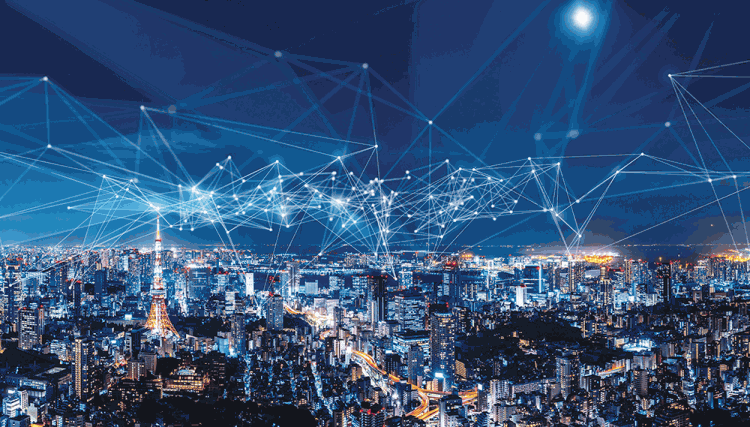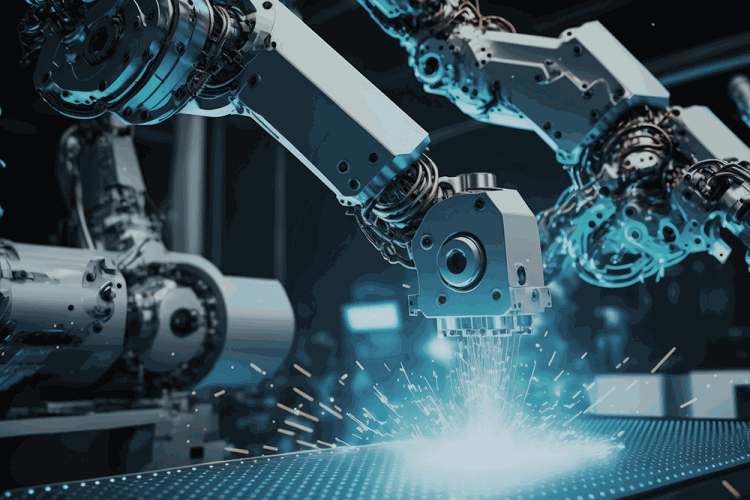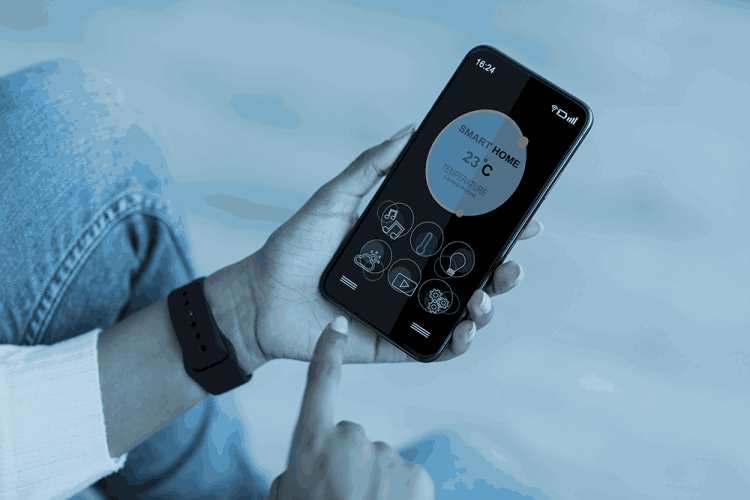
In Altron Arrow’s continuous drive to be there when it matters, it celebrates its last 25 years as a key electronics enabler – providing smart thinking, impactful innovations, and working partnerships to its amazing customers and suppliers. The company has looked ahead to technology trends and practical innovation, towards a better world with a particular view of the following four megatrends.

Electrification of everything
Range anxiety is no longer the only power-related concern when it comes to electric vehicle (EV) design and adoption. Autonomous or not, cars are getting smarter. Like any computer, modern EVs keep overall power consumption in mind, even as charging technology evolves to be faster, smarter, and more ubiquitous.
The average driver of an EV expects to be able to travel further without a charge, whether it’s within an urban area or on a longer inter-city trip on rural roads and highways. Charging needs to be easier and faster – finding a charging station should be no different from finding a fuel station to quickly top up the vehicle with enough power to get them to where they need to go. In the meantime, EVs are getting smarter, as advanced driver-assistance system functionality and infotainment features are added, all of which consume power.
Today’s EVs ultimately require smarter onboard–charging capabilities, easily accessible charging infrastructure, and designs with reliable electronics that consume less power while lasting as long as the car is on the road. Given how much investment that charging infrastructure takes in terms of time and money, it also needs to anticipate future requirements and customer experience expectations. It must be rugged, compact, connected, and flexible enough to connect with any vehicle and withstand any weather conditions around the world, no matter how hot, cold, dusty, or wet.
Even as vehicles become greener by getting increasingly electrified, they continue to get smarter. Adding intelligence to cars will help them interact better with charging stations, but the additional infotainment features and sensors that support autonomy also draw power.
Even as EVs employ more wireless networking to support autonomy and infotainment features, the charging scenarios are becoming more diverse and smarter. The vehicles of tomorrow must be considered while balancing the concerns of all stakeholders in the ecosystem. Standards and regulatory frameworks must continue to evolve to meet the concerns of those who want to adopt EVs for either personal or business use, and smarter charging technologies, with proven reliability and efficiency will win the day.

Autonomous machines
The rise of autonomous machines is changing the way industries work.
There is a renewed interest in using intelligent robots, automation, and predictive analytics driven by artificial intelligence (AI), machine learning (ML), and edge computing (EC). Manufacturing, logistics, healthcare, and retail are some of the industries becoming increasingly robotised. Industry 4.0, the power of AI, ML, and high-speed networks are enabling a new wave of intelligent, cooperative robots.
Furthermore, the use of immersive technologies such as augmented and virtual reality, paired with digital twins, allows for monitoring, controlling, and interacting with robots in real time, without physically being in the same location.
Additionally, some organisations are using AI to help workers and technicians work hand-in-hand with their robotic counterparts, creating new ways of collaboration and improving safety.
For example, at several logistic and fulfilment centres, Amazon asks some of its operators to wear special vests that continuously send signals. Since Amazon centres are heavily robotised, people walking around could be at risk. The vests signal the proximity of humans, to tell nearby robots to immediately stop.

Smart everything
Pop culture has often dazzled audiences with dreams of virtual assistants that can manipulate a building on demand. See Iron Man’s J.A.R.V.I.S., or the home of The Jetsons, where many of these technologies aim to be far-fetched fantasies of tomorrow.
But in the last few decades, technological advancements in sensors, AI, IoT have enabled the fantasy of intelligent buildings to approach reality.
Today, intelligent buildings worldwide utilise advanced smart-building technology to increase efficiency, bolster human productivity, provide state-of-the-art safety, and reduce maintenance costs.
The IoT is built into modern smart buildings. IoT is currently used for the following: to monitor the efficiency of complex building infrastructure systems, optimise the energy consumption of its lighting systems based on occupancy, optimise elevator activity on a need-basis, control green-energy systems, and much more.
In the United Arab Emirates, the Bee’ah headquarters, which opened for occupancy in May 2022, is said to be testing the first-of-its-kind AI-based smart concierge. This system can help employees and visitors book appointments navigate the building, hail rides, and more – eerily similar to the capabilities of a J.A.R.V.I.S. system.
IoT smart building solutions are the way of the future for energy and human efficiency. And undoubtedly, the IoT isn’t far from further enabling more innovative technologies that have yet to be realised.
Energy management
What challenges are homes facing regarding energy efficiency? Where is energy typically wasted in a home? And how will power devices help?
With global energy markets across the world in upheaval, alternative energy has suddenly been thrust into the spotlight. With global geopolitical situations destabilising the fossil fuel market for many countries, energy companies and consumers alike are looking for solutions to solve challenges around sustainability, pricing, and supply.
One of the challenges of alternative energy is that the amount of energy produced is not as instantaneous and powerful as traditional energy sources. To put it succinctly, the quality of power is not always steady. However, advancements in the semiconductor industry are enabling a new generation of alternative energy sources and production capabilities that are opening the door to these alternative energy solutions.
With global dynamics constantly shifting, and a new era of electric vehicles swiftly arriving, opportunities for new alternative energy sources remain boundless. With advancements in semiconductors and the proliferation of wide band-gap materials, the electronics industry will continue to evolve to meet these coming challenges.
Many of these megatrends are driven by solutions addressing some of the key challenges mankind is pressured to solve. Altron Arrow is privileged to work in an industry that can contribute with technology solutions and services where it matters.
| Tel: | +27 11 923 9600 |
| Email: | [email protected] |
| www: | www.altronarrow.com |
| Articles: | More information and articles about Altron Arrow |

© Technews Publishing (Pty) Ltd | All Rights Reserved